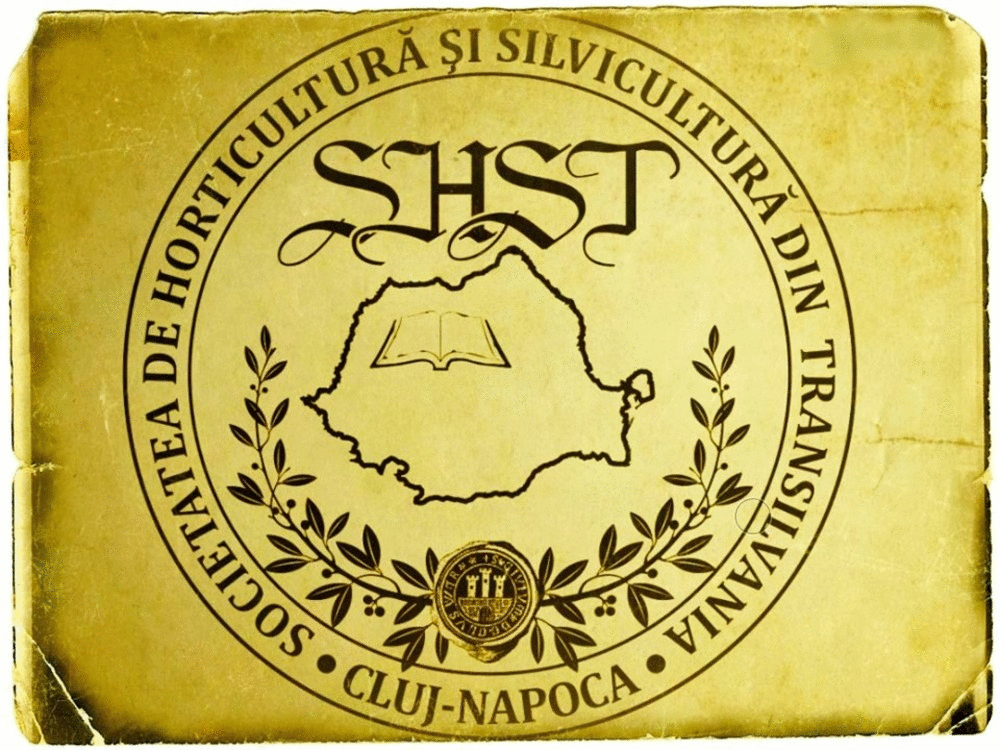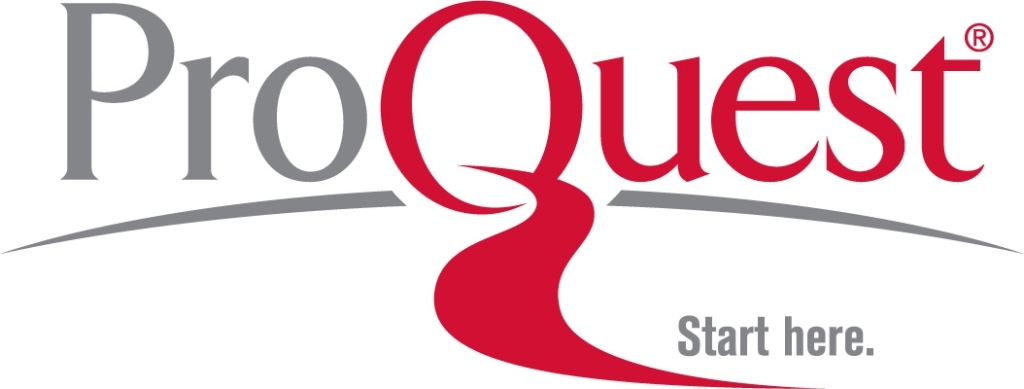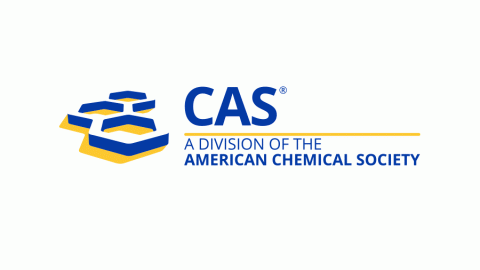Systematic Comparisons of Orthologous Selenocysteine Methyltransferase and Homocysteine Methyltransferase Genes from Seven Monocots Species
DOI:
https://doi.org/10.15835/nsb729491Keywords:
Homocysteine S-Methyltransferases; ortholog; selenium; Selenocysteine MethyltransferaseAbstract
Identifying and manipulating genes underlying selenium metabolism could be helpful for increasing selenium content in crop grain, which is an important way to overcome diseases resulted from selenium deficiency. A reciprocal smallest distance algorithm (RSD) approach was applied using two experimentally confirmed Homocysteine S-Methyltransferases genes (HMT1 and HMT2) and a putative Selenocysteine Methyltransferase (SMT) from dicots plant Arabidopsis thaliana, to explore their orthologs in seven sequenced diploid monocot species: Oryza sativa, Zea mays, Sorghum bicolor, Brachypodium distachyon,Hordeum vulgare, Aegilops tauschii (the D-genome donor of common wheat) and Triticum urartu (the A-genome donor of common wheat). HMT1 was apparently diverged from HMT2 and most of SMT orthologs were the same with that of HMT2 in this study, leading to the hypothesis that SMT and HMT originate from one common ancestor gene. Identifying orthologs provide candidates for further experimental confirmation; also it could be helpful in designing primers to clone SMT or HMT orthologs in other crops.
Metrics
Downloads
Published
How to Cite
Issue
Section
License
Papers published in Notulae Scientia Biologicae are Open-Access, distributed under the terms and conditions of the Creative Commons Attribution License.
© Articles by the authors; licensee SMTCT, Cluj-Napoca, Romania. The journal allows the author(s) to hold the copyright/to retain publishing rights without restriction.
License:
Open Access Journal - the journal offers free, immediate, and unrestricted access to peer-reviewed research and scholarly work, due SMTCT supports to increase the visibility, accessibility and reputation of the researchers, regardless of geography and their budgets. Users are allowed to read, download, copy, distribute, print, search, or link to the full texts of the articles, or use them for any other lawful purpose, without asking prior permission from the publisher or the author.













.png)















